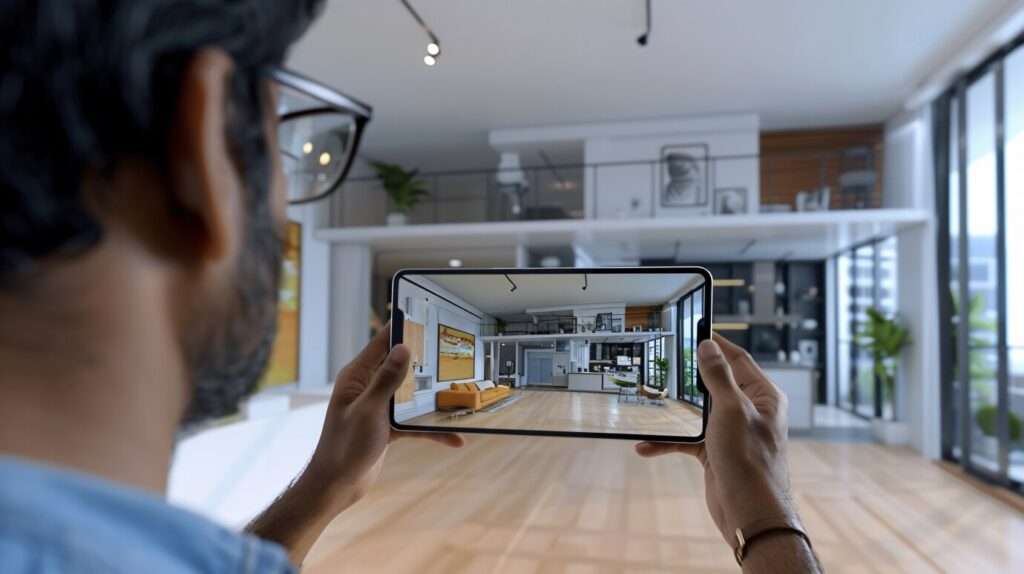Virtual Real Estate Overview: Exploring the Future of Digital Property
Discover the world of virtual real estate. Learn how digital properties are transforming investment, and the future of the online economy.
Virtual real estate is revolutionizing how we think about property
Imagine owning a piece of land you can never physically touch, build on, or walk through — yet it can still appreciate in value, generate income, and even be resold for a profit.
Welcome to the world of virtual real estate. Once a niche curiosity, digital property has rapidly evolved into a booming market with real-world implications.
Fueled by the rise of blockchain technology, NFTs (non-fungible tokens), and the growing popularity of the metaverse, virtual real estate is reshaping traditional ideas about ownership and investment.
As online spaces become increasingly sophisticated and immersive, the demand for digital property is growing. Brands, investors, and everyday users are rushing to stake their claims in this new frontier.
Understanding how virtual real estate works, its opportunities, and its challenges is essential for anyone looking to be part of this digital revolution. Let’s dive into an overview of this fascinating and fast-changing sector.

What Is Virtual Real Estate?
Virtual real estate refers to digital spaces that can be bought, sold, or leased, often within virtual worlds or platforms like Decentraland, The Sandbox, and Otherside.
These spaces can range from parcels of land and storefronts to entire buildings or districts. Ownership is typically secured through blockchain technology, using NFTs to establish verifiable proof of possession.
Just like traditional real estate, virtual properties are valued based on factors like location, size, popularity of the platform, and potential for development.
For example, a plot next to a celebrity’s virtual mansion might command a higher price due to the increased visitor traffic and prestige.
How It Works
Purchasing virtual real estate usually involves cryptocurrencies, most commonly Ethereum. After selecting a plot on a virtual platform’s marketplace, the buyer completes the transaction and receives an NFT representing ownership.
This NFT acts like a deed, permanently recorded on the blockchain. Owners can develop their land by creating experiences, games, shops, galleries, or entertainment venues.
Monetization strategies include renting spaces, hosting events, advertising, or reselling at a higher value. Major companies like Adidas, Gucci, and Samsung have already ventured into virtual real estate to engage with younger, tech-savvy audiences.
Why Virtual Real Estate Matters
Virtual real estate is not just a passing trend — it represents a new layer of the internet economy. Here’s why it matters:
- Ownership Empowerment:
Users can truly own a piece of the internet, not just rent digital space from big corporations.
- Economic Opportunity:
Investors and creators can generate real income through digital property development and leasing.
- Community Building:
Virtual spaces enable the formation of new communities around shared interests and activities.
- Innovation and Creativity:
Digital landowners can design unique environments unrestricted by physical limitations.
The importance of virtual real estate extends beyond gaming or social interaction; it is influencing education, retail, art, entertainment, and even remote work environments.
Challenges to Consider
Despite the excitement, virtual real estate comes with its share of challenges. Market volatility is significant, with digital property values subject to sudden shifts. Unlike physical land, virtual platforms could lose popularity, rendering investments worthless.
Legal frameworks are still developing, leading to uncertainty regarding rights, taxation, and dispute resolution.
Furthermore, the speculative nature of many purchases raises concerns about long-term sustainability. As with any emerging market, due diligence, diversification, and a clear strategy are vital for minimizing risks.
The Future of Digital Property
Looking ahead, virtual real estate will likely become even more intertwined with mainstream digital life. Advances in VR and AR technologies will make these spaces more immersive and attractive.
As more industries enter the metaverse, demand for well-located, well-developed virtual properties will likely grow.
Additionally, fractional ownership models could make digital real estate more accessible, allowing users to own shares of high-value properties. New business models and innovations are expected to emerge, blending real-world and virtual economies in unprecedented ways.
Conclusion
Virtual real estate represents one of the most exciting — and complex — frontiers in today’s digital economy.
It offers unique opportunities for investment, creativity, and community building, but it also demands careful navigation and awareness of its inherent risks.
As virtual worlds continue to expand and evolve, those who understand and adapt to this new landscape will be best positioned to succeed in the future of digital property.







